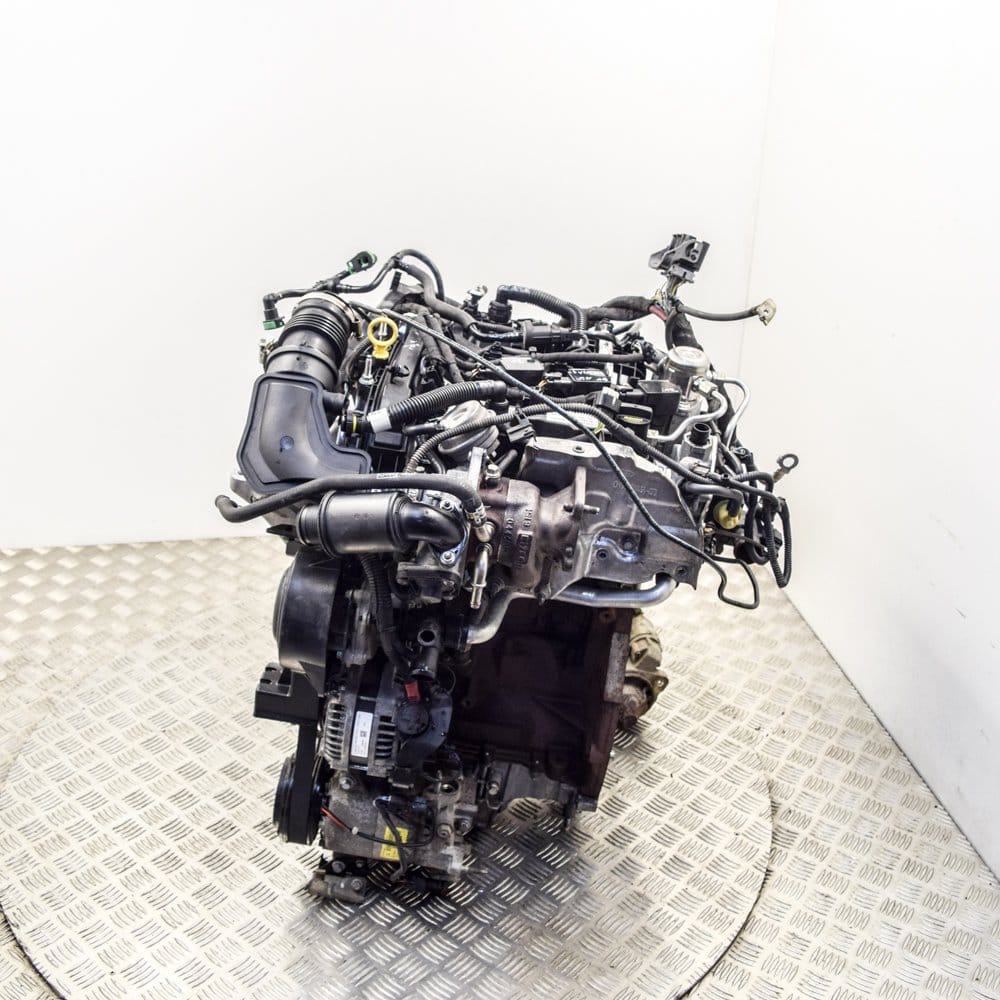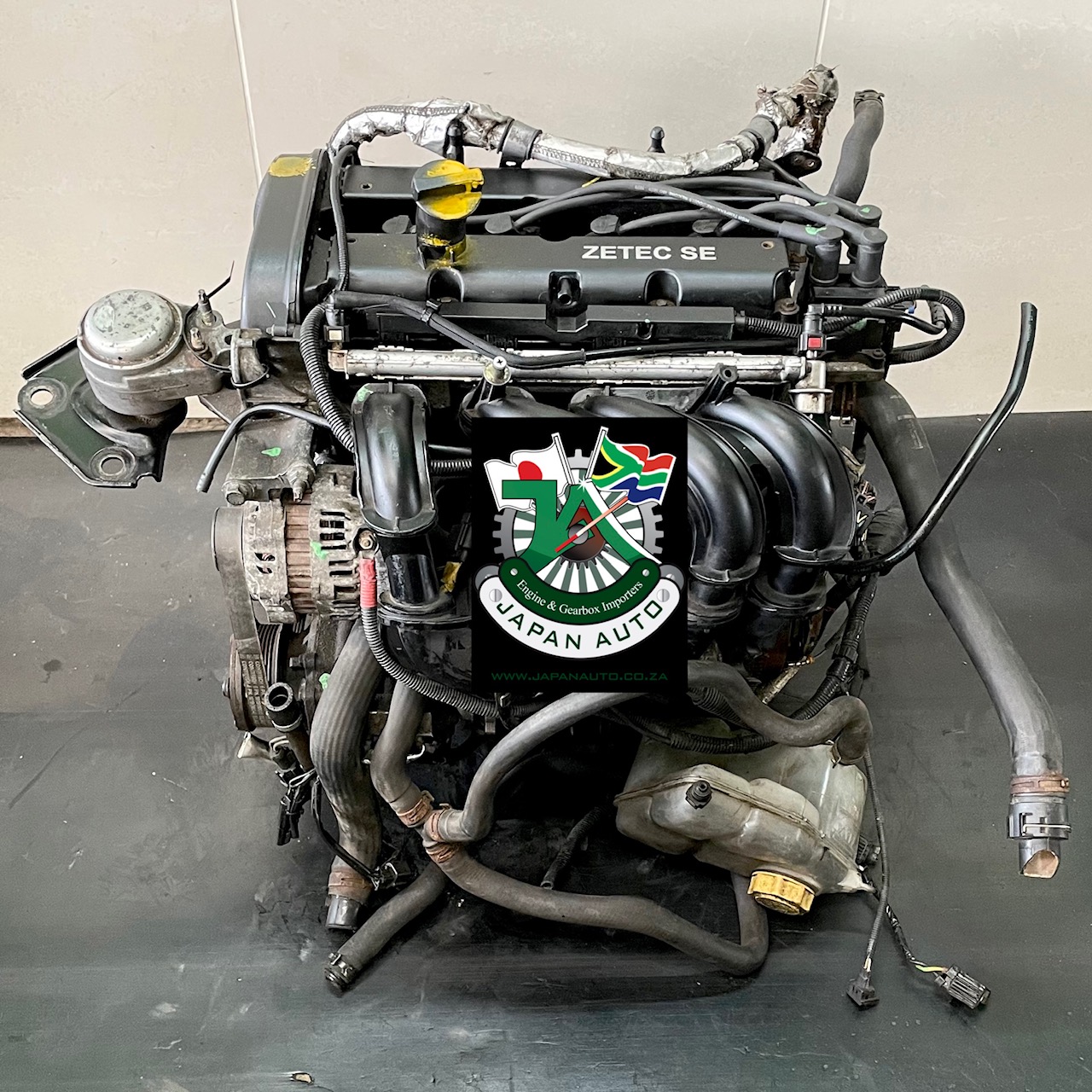How to Diagnose Ford Fiesta Engine Issues and Prevent Future Problems
How to Diagnose Ford Fiesta Engine Issues and Prevent Future Problems
Blog Article
Checking Out the Advancement of Engines: From Classic Styles to Modern Marvels
From the initial vapor engines that powered the Industrial Transformation to the emergence of interior burning engines that transformed wheelchair, each stage has contributed to better efficiency and ability. As we check out these milestones, one need to consider just how the future of engine style might unravel, testing our perceptions of power and effectiveness.
The Birth of Engine Modern Technology
The advent of engine innovation noted a pivotal moment in human development, changing power conversion and transport. The earliest engines arised from the demand to harness mechanical power for practical use, resulting in the development of devices that converted different energy types right into movement. The principle of the engine can be mapped back to old human beings, where simple machines, such as the waterwheel and windmill, utilized natural forces to perform work. However, it was during the late 17th and early 18th centuries that significant developments began to appear.
The development of the inner burning engine and the creation of the steam engine catalyzed an extensive shift in industrial capacities. These engines not only improved efficiency yet additionally increased the range of human flexibility, making it possible for unmatched transportation opportunities. The early prototypes prepared for the mechanized globe, assisting in the increase of sectors and reshaping societal frameworks.
As engine designs advanced, they integrated innovative products and advanced design concepts, paving the method for modern growths - ford fiesta engine. The birth of engine modern technology ignited an unrelenting quest of performance and power, establishing the phase for the vibrant evolution of transport and industrial equipment that would certainly follow
Steam Engines and Their Impact

The steam engine's effect was specifically obvious in the transport market (ford fiesta engine). Steam-powered locomotives promoted the quick motion of items and individuals throughout large distances, successfully diminishing the geographical obstacles that had actually previously prevented trade and communication. Likewise, steamships revolutionized marine traveling, enabling quicker and more reliable crossings of rivers and seas.
In market, heavy steam engines powered manufacturing facilities, making it possible for mass manufacturing and the rise of urban centers as centers of economic task. Vapor modern technology cultivated innovations in engineering and manufacturing procedures, laying the groundwork for future developments in engine design.
The Rise of Interior Combustion
Regularly outweighing vapor power, the rise of interior combustion engines marked a transformative change in transportation and sector throughout the late 19th and very early 20th centuries. The growth of these engines, characterized by their ability to shed fuel within the engine itself, allowed better effectiveness and power compared to conventional vapor engines. Introducing inventors such as Nikolaus Otto and Rudolf Diesel played essential functions in refining engine styles, bring about prevalent fostering in cars, boats, and commercial machinery.
The interior combustion engine's compact dimension and relatively light-weight nature facilitated the development of individual automobiles, revolutionizing individual movement and reshaping metropolitan landscapes. By making it possible for faster travel and the effective transport of products, these engines catalyzed financial development and promoted globalization. The versatility of gas go choices, including gasoline and diesel, even more boosted their appeal, allowing for diverse applications across various industries.
Despite the ecological concerns that would certainly later on arise, the initial attraction of interior combustion modern technology lay in its transformative capacity. As society welcomed this technology, the foundation was laid for contemporary transport systems, establishing interior burning engines as a keystone of commercial innovation and life throughout the 20th century.
Advancements in Engine Effectiveness
As interior burning engines ended up being important to transport and industry, the emphasis shifted towards improving their effectiveness to fulfill growing needs for performance and sustainability. Advancements in engine style, product science, and technology have considerably added to this development.
One significant innovation is the advancement of turbocharging, which allows for raised air intake, leading to more full gas burning and enhanced power result without enlarging engine size. In addition, variable valve timing systems have actually been implemented to maximize engine efficiency across numerous RPM arrays, consequently boosting fuel efficiency.
The utilization of advanced gas injection technologies, such as direct injection, has actually additionally played a crucial function. This approach enables for even more specific control over the fuel-air mix, advertising much better burning and lowering discharges. Furthermore, light-weight materials, consisting of light weight aluminum and composite components, have been taken on to reduce overall engine weight, resulting in boosted performance.
These innovations show a wider fad within the vehicle sector, where the synergy in between engineering development and environmental factors to consider drives the continuous pursuit for greater effectiveness in inner burning engines. Consequently, modern-day engines are now much more effective, cleaner, and effective than ever in the past, leading the way for an extra sustainable future in transportation.
The Shift to Electric Power
With expanding problems over ecological effect and nonrenewable fuel source dependency, the auto sector is experiencing a considerable change in the direction of electric power. This transition is driven by a mix of technological advancements, governing pressures, and transforming customer choices. Electric vehicles (EVs) provide an engaging choice to typical interior combustion engines, boasting reduced greenhouse gas exhausts and lower operating expense.
The increase of battery modern technology has been a video game changer, with lithium-ion batteries ending up being extra reliable and affordable. Enhanced energy density and faster billing capabilities have made EVs much more functional for daily usage. Furthermore, federal governments worldwide are applying motivations and setting ambitious targets for terminating nonrenewable fuel source lorries, thereby accelerating the adoption of electrical power.
As charging facilities expands and battery modern technology continues to boost, the shift to electric power is poised to reshape the automotive landscape, promoting sustainability and development in the years to come. The future of transport is electric, and the momentum is undeniable.
Verdict
The evolution of engine modern technology represents a substantial trajectory of advancement that has profoundly affected transport and industry. From the foundational steam engines to the transformative inner burning engines, each advancement has actually contributed to enhanced flexibility and financial growth. The existing shift toward electrical power emphasizes a crucial dedication this page to sustainability, driven by advancements in battery technology. This continuous development not only mirrors altering societal demands however also highlights the possibility for a cleaner and more effective future in engine layout.

Report this page